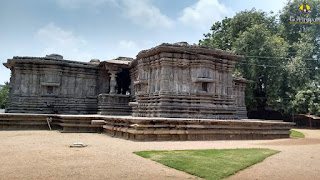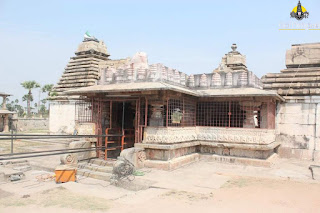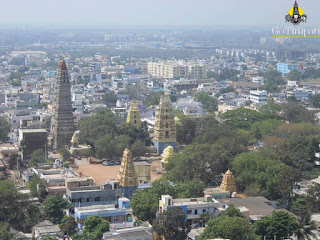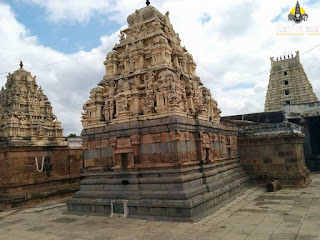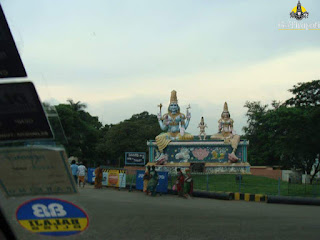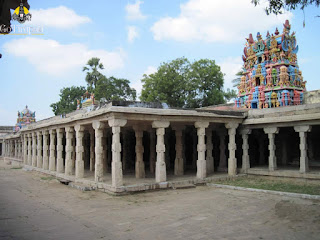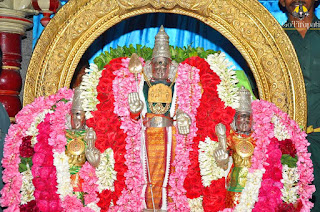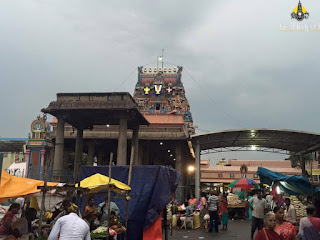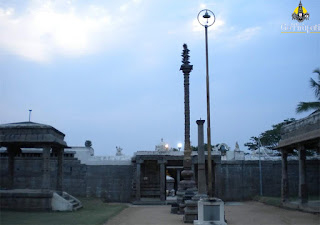This rock cut caves dates back to 6th -7th century A.D. The King Vishnu Kundina promoted Buddhism, during his times this caves used to be the rest homes for Buddist monks. Later this region came under the control of Hindu rulers who promoted Hinduism. Chalukyan Kings contributed in building this rock cut caves.
Ananta Padmanabha Swamy Temple Undavalli Caves is a four-storeyed rock cut caves located in Tadepalle Mandal. Lord Siva, Lord Vishnu and Lord Brahma shrines are located here. It is believed that there is an underground passage between Undavalli Caves and Mangalagiri Temple which is 8 km in length. In the first floor, images of Lord Vishnu, Lord Siva and Lord Brahma were carved on the rocks. In the second floor, there is an idol of Anantha Padmanabha Swamy in the recumbent posture was sculptured out of a single rock which is 20 ft long.
Undavalli Caves Timings: 9:00 am - 6:00 pm




